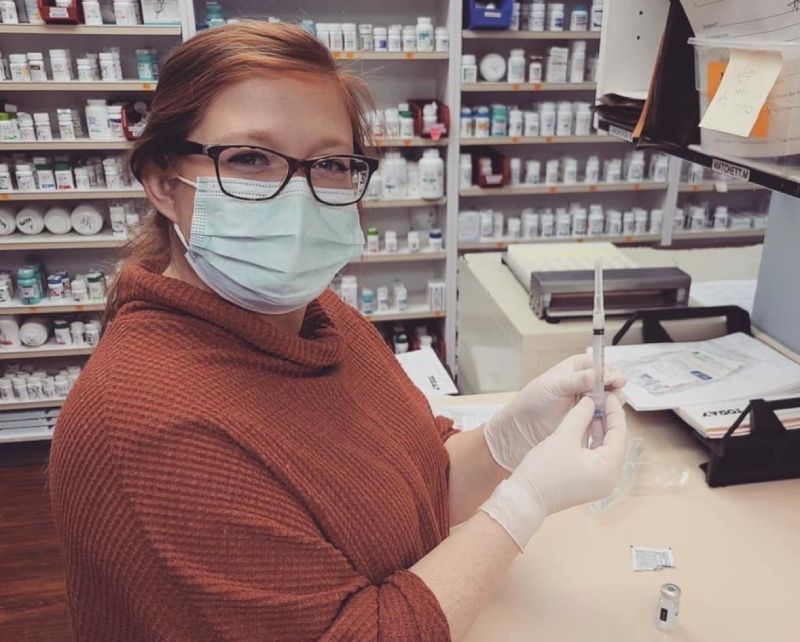Insights Into Creating a Long-Term Talent Pipeline in Healthcare
In the fast-moving world of healthcare, a strong talent pipeline is essential to ensuring uninterrupted high-quality patient care. Amidst increasing workforce shortages and a highly competitive recruitment landscape, organizations need more than traditional hiring methods to stay ahead. By adopting a proactive approach to talent acquisition and retention, healthcare organizations can build resilient teams to face any challenge.
Let’s explore why healthcare talent pipelines are crucial, how to build them, the challenges you may face, and the key tools for long-term success.
Why Have a Talent Pipeline?
A talent pipeline enables healthcare organizations to plan and stay prepared to fill critical roles whenever the need arises. It fosters a proactive, long-term approach to recruitment, helping organizations move beyond reactive hiring. By focusing on talent development, healthcare providers can instead improve the quality of their hires and strengthen their teams.
Establishing a healthcare talent pipeline allows healthcare facilities to:
- Avoid Short-Term Hiring Limitations: Traditional recruitment processes often focus on filling immediate openings. Talent pipelines allow for long-term planning and reduce the risk of rushed hires.
- Address Staffing Shortages: A proactive pipeline can help healthcare organizations fill vital roles more efficiently, avoiding any interruptions in care.
- Streamline the Hiring Process: By maintaining a pool of pre-vetted candidates, the time-to-hire is reduced, alleviating pressure on those responsible for hiring and others who have to fill in any gaps.
- Higher-Quality Hires: Talent pipelines enable early engagement and development of future employees, leading to better cultural alignment and skill matching.
Strategies for Building a Healthcare Talent Pipeline
Building a successful talent pipeline requires thoughtful planning and continuous attention. Here are several key strategies:
- Identify Critical Roles: Determine where shortages exist and which roles are essential to your organization’s success. Prioritizing these areas will help guide future hiring efforts.
- Partner with Training Program Providers: Collaborate with educational institutions and healthcare training programs to gain early access to skilled candidates and ensure they are well-prepared for industry demands.
- Proactive Outreach: Use outreach efforts, such as attending job fairs, leveraging social media, and engaging with healthcare training programs, to connect with potential candidates before roles become available, ensuring a steady flow of talent.
- Employer Branding: A strong employer brand — centered on culture, benefits, and career growth — can help attract top talent and set you apart from competitors.
- Internship and Residency Programs: Establish programs that allow prospective employees to gain experience within your organization. These initiatives often lead to long-term employment.
Healthcare Talent Pipeline Challenges
While talent pipelines are essential, they come with some unique challenges. Healthcare organizations must be prepared to navigate the following obstacles:
Workforce Shortages: According to the National Center for Health Workforce Analysis (NCHWA), many key allied health roles are projected to face shortages by 2037, including:
- 207,980 registered nurses (RNs)
- 11,860 general dentists
- 87,150 primary care physicians
- 8,650 cardiology physicians
- 9,140 physical therapists
- 43,220 family medicine physicians
- And more
High Turnover Rates: Burnout, high stress, and job dissatisfaction remain the leading causes of high turnover in healthcare, posing challenges for maintaining a strong talent pipeline. A July 2024 study by the American Medical Association found that physician burnout, which hit a record-high 63% in 2021, dropped below 50% for the first time since 2020. While this is a positive trend, the issue is far from resolved, and continued efforts are needed to support healthcare workers and reduce turnover.
Competitive Recruitment: The healthcare job market is extremely competitive, with multiple organizations often vying for the same candidates, especially for specialized or high-demand roles. This competition can lead to longer hiring timelines, higher recruiting costs, and loss of top talent. Organizations that focus on building attractive benefits and maintaining proactive talent pipelines will have a better chance of standing out.
Specialized Skill Gaps: Finding candidates with specific skills or certifications can be challenging, especially in highly specialized areas of care. As medical technologies and treatment methods evolve, the demand for niche expertise continues to grow, often outpacing the availability of qualified professionals. Organizations can address this gap by partnering with specialized training programs, investing in upskilling current employees, and offering professional development opportunities to build a more qualified talent pool from within.
What Does a Successful Healthcare Talent Pipeline Look Like?
A thriving healthcare talent pipeline will look different depending on the organization’s size, specialty, and unique staffing needs; however, they often have the following characteristics:
- Early Contact with Future Hires: Proactive outreach and relationship-building with students, recent graduates, and passive candidates.
- Tailored Training Programs: Access to customized training programs that align with the organization’s goals and patient care standards.
- Leadership Development Opportunities: Programs and resources designed to prepare internal candidates for leadership roles as they become available.
- Strong Educational Partnerships: Collaborations with medical schools and healthcare training providers to ensure a consistent supply of well-prepared experts.
- Data-Driven Decision-Making: A system to capture and analyze data to assess hiring strategies, identify areas for improvement, and measure the pipeline’s effectiveness.
Techniques for Talent Retention
Once you’ve built a strong talent pipeline, the goal shifts to retaining those employees and ensuring they remain engaged and committed to your organization. Fostering an environment where employees feel valued, supported, and motivated is key to long-term success.
Here are some key retention strategies to help maintain a dedicated and skilled workforce:
- Competitive Compensation: Offering competitive salaries, benefits, and bonuses to attract and retain top talent.
- Professional Development: Providing access to ongoing education and career development programs to help employees grow.
- Schedule Flexibility: Prioritizing flexible work schedules to promote work-life balance and reduce burnout.
- Positive Work Environment: Fostering a culture of respect, inclusivity, and open communication.
- Employee Recognition: Recognizing and rewarding employees for their contributions to increase job satisfaction.
Building and maintaining a healthcare talent pipeline takes time, effort, and collaboration, but the long-term benefits are undeniable. By implementing proactive recruitment strategies, addressing potential challenges, and focusing on retention, your organization can ensure a steady stream of skilled talent ready to step into important roles.
Ready to enhance your talent pipeline? Browse ACT’s programs or contact us today to discuss partnership opportunities. Together, we can build a future-ready healthcare workforce.


